Understanding Internet of Payment (IoP)
The Internet of Things (IoT) ushered in a significant shift in the connectivity domain. It transformed ordinary objects into smart, communicative terminals. Following this digital transformation, the Internet of Payment (IoP) surfaced. It takes the idea a step further. Now, these connected terminals morph into bustling shopping platforms. Each terminal not only communicates but also facilitates transactions.
This evolution amplifies the potential of IoT, introducing a new dimension of commerce. Through IoP, a simple object can become a part of a vast transaction network. This unfolding scenario showcases the boundless possibilities of connected commerce.
Payment Evolution: Harnessing Connectivity
At the heart of IoP is the transformation of every connected object into a potential payment terminal. This isn’t a futuristic fantasy but a rapidly approaching reality. Imagine a scenario where your car autonomously secures insurance or a gas station interfaces with vehicles to dispense fuel and negotiate payment directly. These aren’t mere illustrations but real-world manifestations of IoP’s potential, painting a vivid picture of how connectivity is becoming the backbone of modern payment systems.
The Proliferation of Internet of Payment (IoP): Key Figures Speak Volumes
The figures narrate the expansive tale of IoP. A study foretells a digital interconnection of 75 billion devices by 2025, stressing the indispensable need for direct machine transactions to fully harness IoT’s potential1. This digital interconnection isn’t just about smart communication; it’s about enabling seamless transactions, carving out a new transactional realm.
As we transition from cash to cashless, the global payment landscape is witnessing an unprecedented overhaul. Cashless payment volumes across the globe are on a steep ascent, set to soar by over 80% from 2020 to 2025, escalating from about 1 trillion to nearly 1.9 trillion transactions. The trajectory doesn’t plateau there; it’s projected to almost triple by 20302. These figures aren’t mere statistics; they are a testimony to the sweeping changes IoP is set to usher in.
The Internet of Payment (IoP) Reflection: Deliberations and Implications
IoP, although laden with promise, prompts extensive deliberations on several fronts. The ethical considerations, security paradigms, governance of burgeoning data, and the adherence to regulatory frameworks are some of the critical aspects demanding thorough examination.
Customer Experience: Convenience Over Cost
The customer experience is at the crux of IoP’s value proposition. The convenience it offers could potentially overshadow cost as a key determinant in purchasing decisions. In this fresh narrative, exclusive partnerships will fuel market share gains, steering clear of the traditional price wars that characterized the old market dynamics.
Sailing Towards the Future: The IoP Odyssey
The triumph of IoP isn’t a matter of chance but a result of the added value it imparts to both consumers and payment industry stalwarts. The roadmap to success is paved with continuous innovation, ensuring an enhanced user experience while meticulously adhering to regulatory standards.
The curiosity surrounding IoP is palpable. Venture deeper into this disruptive tech in our #PayDecoding library, where the future of transactions unfolds.




